Today’s unpredictable supply chains make it difficult for companies to effectively plan and run efficient distribution operations. Weber’s agility ensures you’re prepared for market volatility. With a growing network of omni-channel DCs and our own drayage and final-mile fleets, we deliver customized solutions fast – helping you turn market changes into competitive advantage.

With Weber’s California port services, you can rely on one provider to accelerate your West Coast logistics – from port to market. Containers are picked up by Weber drivers and Weber trucks. Our knowledge of terminal pick-up procedures at the ports of LA, Long Beach, Oakland, and San Diego means we can move goods quickly from port to final distribution.

With over 4.6 million square feet of warehousing space, Weber’s focus is on high-volume omni-channel distribution. Our facilities include an automated pack/ship infrastructure that supports the processing of large numbers of packages per day. Warehouses are strategically located near some of the world's busiest ports and offer storage solutions for a wide range of industries including consumer goods, retail, food and beverage, and chemical.
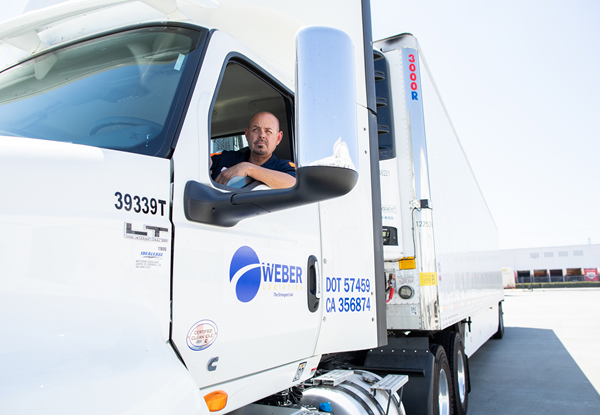
Our transportation service is powered primarily by Weber's own fleet of trucks for last-mile retail delivery throughout the Western U.S. Services include ambient and temperature-controlled trucking, with one-day service to California, Nevada, and Arizona. Our non-asset based Transportation Logistics service can deliver products anywhere in North America.
In our West Coast Logistics Blog, Weber Logistics experts provide tips to optimize your supply chain in the West.

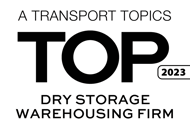


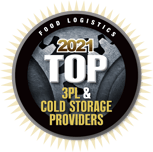


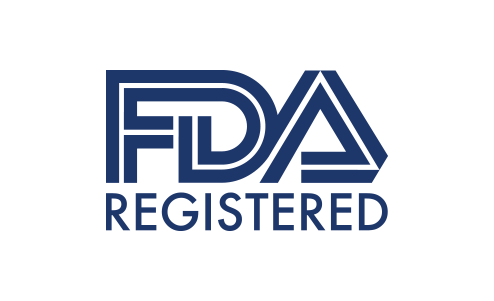


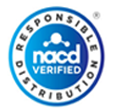


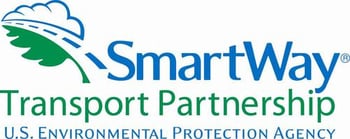
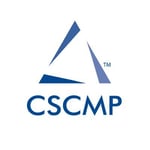
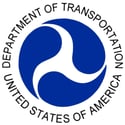

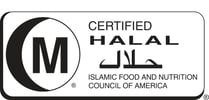



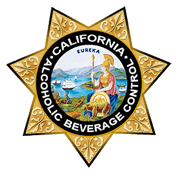
13530 Rosecrans Avenue
Santa Fe Springs, CA 90670
855.GO.WEBER (855.469.3237)
info@weberlogistics.com
a  Capital Management
Capital Management
Portfolio Company